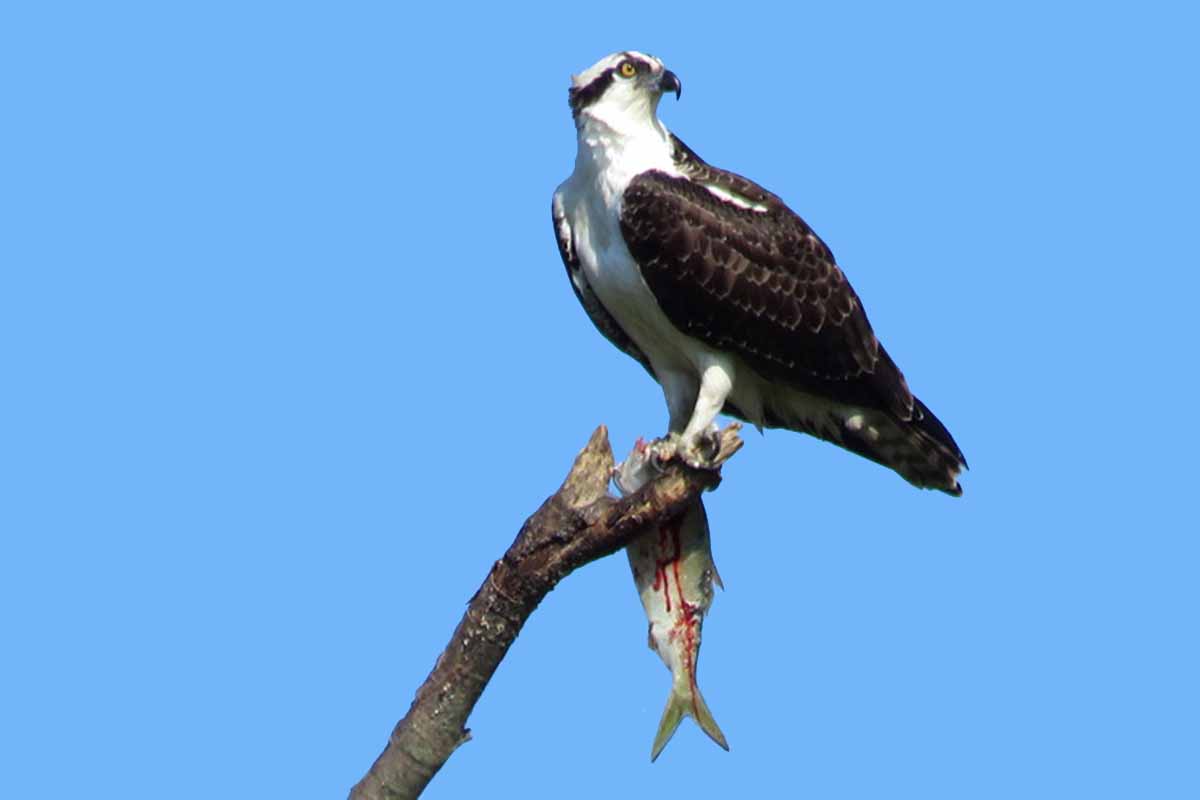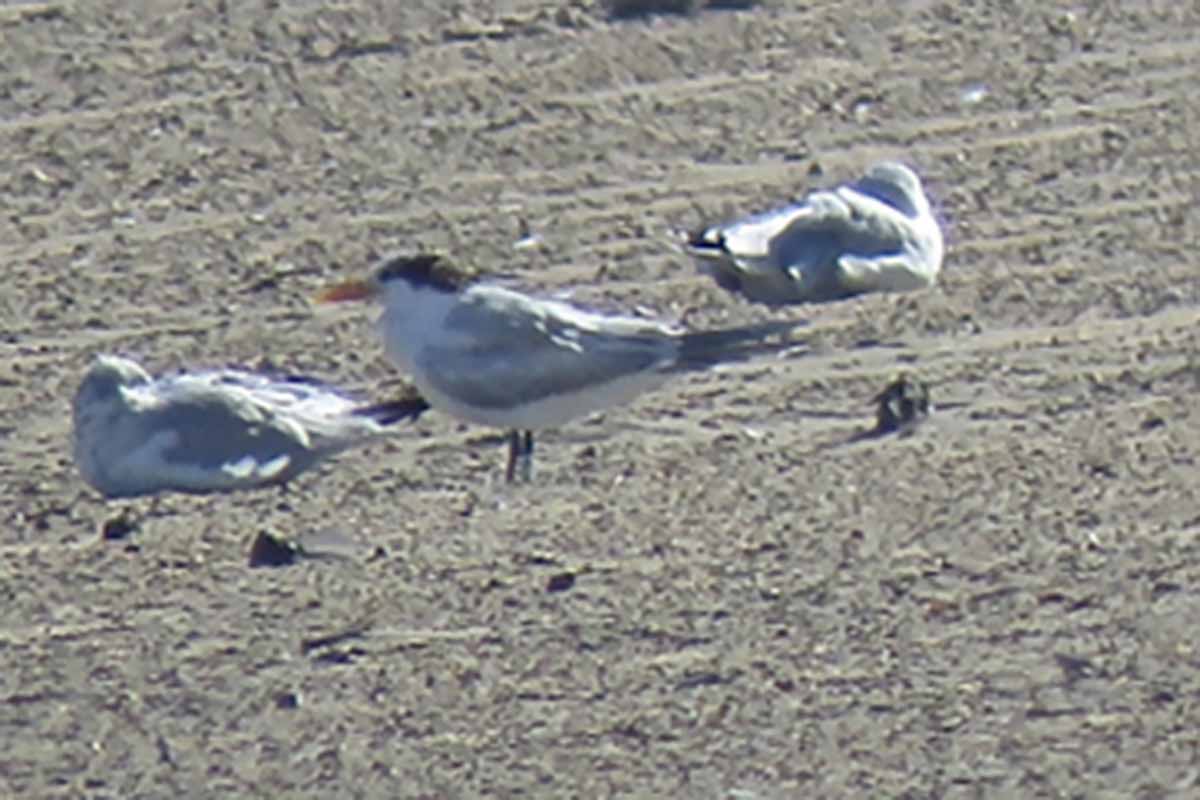Fort Tilden 2 with Richard ZainEldeen, 10/19/2019
Registrar: Pearl Broder
Registered Participants: 11
Weather: 45 degrees F am, 50’s pm, sunny, wind 5-10 mph
Bird Species: 50
Species Lists
Birds
Brant
Canada Goose
Rock Pigeon
Mourning Dove
American Oystercatcher
Black-bellied Plover
Killdeer
Laughing Gull
Ring-billed Gull
Herring Gull
Great Black-backed Gull
Royal Tern
Double-crested Cormorant
Great Egret
Northern Harrier
Sharp-shinned Hawk
Red-tailed Hawk
Downy Woodpecker
Northern Flicker
Merlin
Eastern Phoebe
Blue Jay
American Crow
Tree Swallow
Ruby-crowned Kinglet
Golden-crowned Kinglet
Carolina Wren
European Starling
Gray Catbird
Brown Thrasher
Northern Mockingbird
Hermit Thrush
American Robin
House Sparrow
House Finch
Dark-eyed Junco
White-throated Sparrow
Nelson’s Sparrow
Savannah Sparrow
Song Sparrow
Swamp Sparrow
Eastern Towhee (h)
Red-winged Blackbird
Brown-headed Cowbird
Common Grackle
Common Yellowthroat
Northern Parula
Palm Warbler
Yellow-rumped Warbler
Northern Cardinal
Mammals
Eastern Gray Squirrel
Butterflies
Cabbage White
Clouded Sulphur
Orange Sulphur
American Lady
Painted Lady
Common Buckeye
Red Admiral
Monarch
















